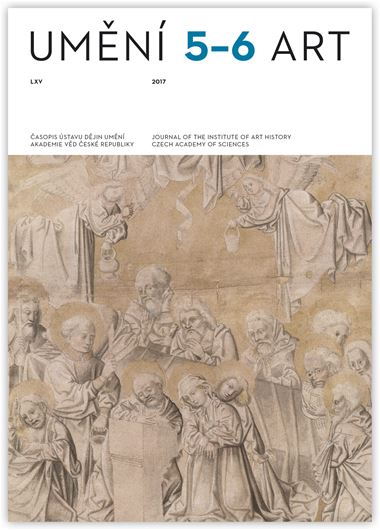Martin Krummholz
Stavební historie a krajinářská koncepce Lázní Libverda
Libverda Spa (Lázně Libverda / Bad Liebwerda) is located at the foot of the Jizera Mountains in northern Bohemia and was established by private endowment from the Clam-Gallas family, the one-time owners of the Frýdlant estate. Over several decades — at the turn of the 18th to 19th centuries — remote grazing lands were transformed into the popular and socially vibrant season- al residence of the Clam-Gallas family and their guests, and its surrounding area was adapted in the style of the then fashionable English landscaped parks. The original architectural elements decorating the spa grounds (a monument commemorating the foundation of the spa, an obelisk, a Chinese bridge, an oriental-style (Turkish) pavilion, a fishing hut and hermitage) are characteristic features of early landscaped compounds, of which Libverda is one of the prime Bohemian examples. The spa buildings and the architectural elements at Libverda Spa were largely designed by local builders who worked for the Clam-Gallas building office (Kunz, Otto, Effenberger). The basic layout of Libverda was divided into two parts: the spa grounds and the estate grounds. The spa grounds were an open area where the spa pavilions with potable spring water were located, along with the baths, the col- onnade, and the spa residences; the estate grounds were where the chateau, a theatre, and the estate’s farm build- ings stood. Based on a new interpretation of surviving iconographic material it is possible to reliably determine the location and function of individual buildings. Vedutes of the site were made mainly by artists from Prague (Josef Bergler, Karel Postl, Jan Berka) known to Christian Christoph Clam-Gallas. Despite the devastation the site suffered over the course of the 20th century, the Libverda Spa has largely retained its Neoclassical character and its basic layout, and along with Karlova Studánka it is one of the most authentic mountain-valley spas from the late 18th and early 19th centuries in the Czech Republic. Period sources and literature indicate that the spa was a lively cultural site which points to the important role landscaped sites and spa resorts played as key social centres in the Enlightenment and early modern periods.
Full-text in the Digital Library of the Czech Academy of Sciences:
https://kramerius.lib.cas.cz/uuid/uuid:5ace3df6-c592-4946-9d7c-1e48b7b218ce
< back

